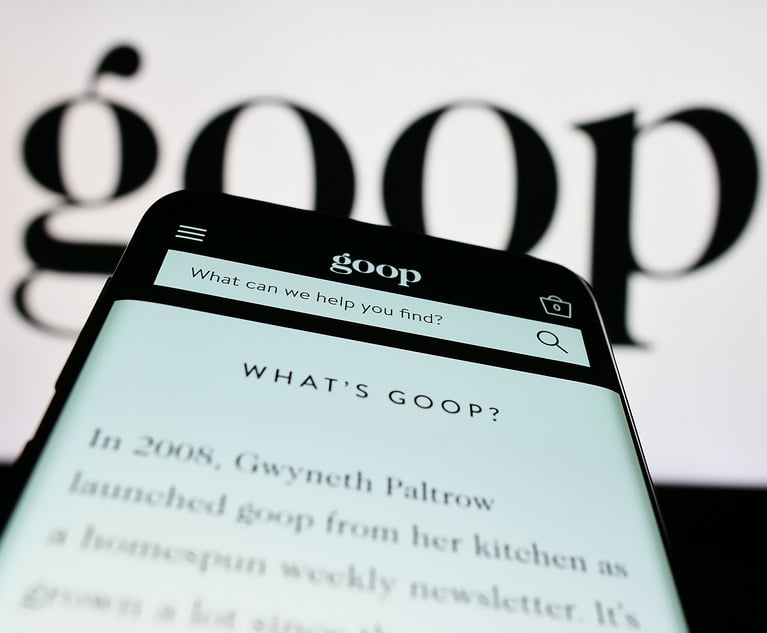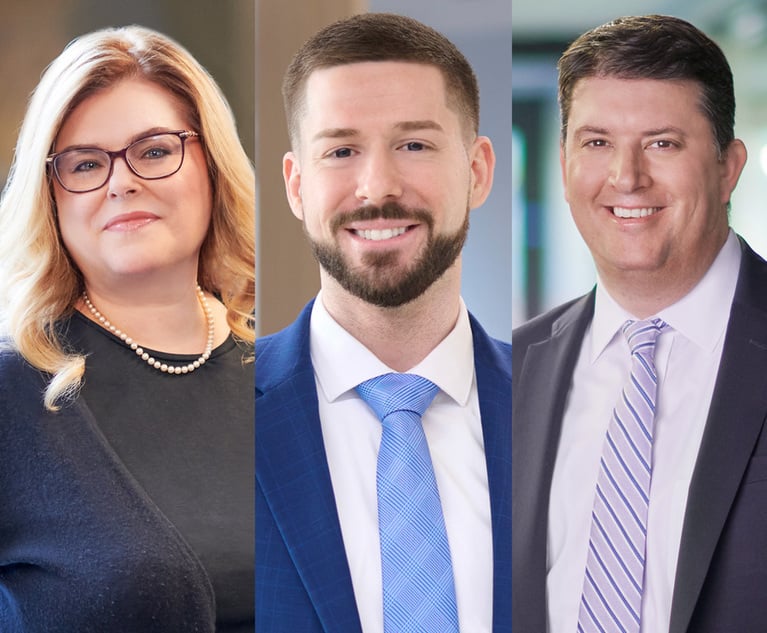Fall is in the air, and that means the October 2021 opening session of the U.S. Supreme Court is right around the corner. Once again, the court has an intellectual property case on its docket— specifically, a copyright matter. Unicolors v. H&M Hennes & Mauritz (Supreme Court Docket #20-915) poses a procedural question of whether a district court must refer a copyright registration to the Copyright Office for a determination of validity under 17 U.S.C. Section 411, absent a finding of fraud or a material error in the registration. This case highlights that while the U.S. copyright registration process seems facially inexpensive and easy to navigate, the reality is full of pitfalls for the unwary.
Some Background on Copyright Law and Registration
The creator (author in copyright parlance) of a copyright-protectable creation (e.g., a literary, dramatic, musical or artistic work) owns the rights in the work from the moment the work is fixed in a tangible medium of expression (i.e., a sufficiently permanent or stable embodiment that permits it to be perceived, reproduced or otherwise communicated for more than a transitory duration of time). A work created by an employee of a company within the scope of employment is a “work made for hire,” and the company is considered the author. Specially commissioned works (e.g., created under contract) within certain statutory categories may be designated “works made for hire” by express written agreement. Authors can also assign rights to a third party.


 Photo: by stoatphoto/Shutterstock
Photo: by stoatphoto/Shutterstock




